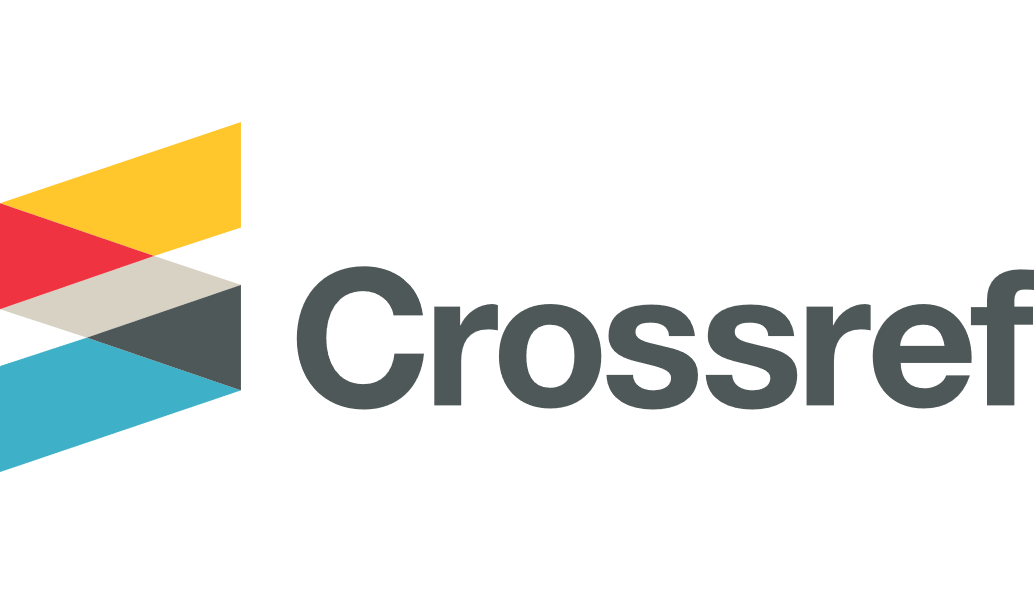Keywords
Endoscopic Ultrasound, Salvage therapy, EUS, Peri-Rectal, Collection, Abscess
Disciplines
Other Analytical, Diagnostic and Therapeutic Techniques and Equipment | Therapeutics
Abstract
Abdominal and pelvic abscesses can occur as a consequence of surgery and are associated with significant morbidity and mortality. It is well accepted that the primary treatment is antibiotic therapy and minimally invasive drainage. Surgical measures are typically reserved for patients with luminal perforations or those who do not respond to conservative measures. Previously available modalities of drainage involved percutaneous and computed tomography guided access. Recently, endoscopic ultrasound guided aspiration has emerged as a safe alternative for management of intra-abdominal abscesses.
Since its first application for peripancreatic drainage, endoscopic ultrasound techniques and technologies have significantly evolved. Endoscopic ultrasound interventions can now be performed quickly, safely and precisely, even outside of the operating room.
Multiple reports and case series demonstrate the utility for endoscopic ultrasound guided drainage of fluid collections, providing they are in close proximity to the intestinal lumen. As a result, extension of this approach’s indications has been considered.
Endoscopic ultrasound-guided drainage and stenting is an emerging approach which provides an accurate, efficient and safe alternative for the management of intra-abdominal collections. Furthermore, endoscopic ultrasound techniques may allow access to areas that are inaccessible or technically challenging with computed tomography guided or surgical approaches as illustrated in our case. Additionally, the internal nature of the access point may offer patients a more comfortable experience; and can facilitate preservation of enteral feeding routes or intestinal transit.
This case demonstrated the clinical complexity that often characterizes the management of post surgical complications, particularly inflammatory collections. It further delineates the utility of Endoscopic ultrasound-fine needle aspiration techniques in the treatment of pelvic abscesses, even as a salvage therapy, where other approaches fail. EUS guided drainage should strongly be considered at multiple tiers of all treatment algorithms as a viable, and in some instances preferable therapeutic modality for patients presenting with intra-abdominal collections.
Included in
Other Analytical, Diagnostic and Therapeutic Techniques and Equipment Commons, Therapeutics Commons


